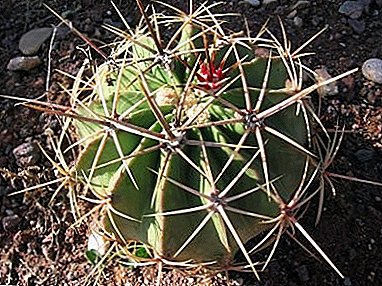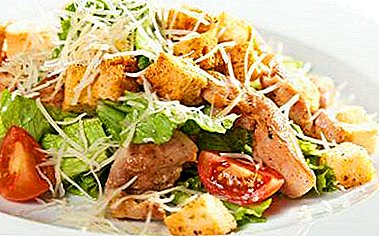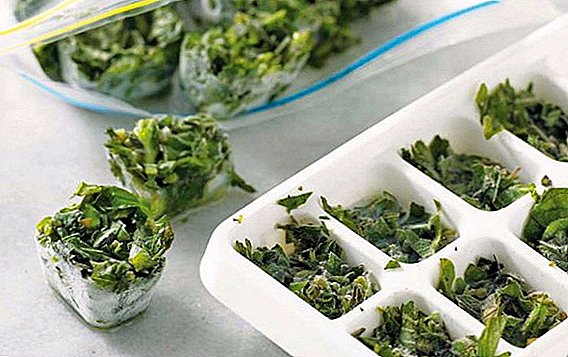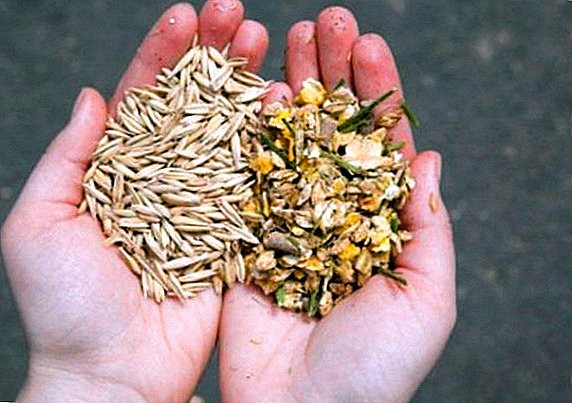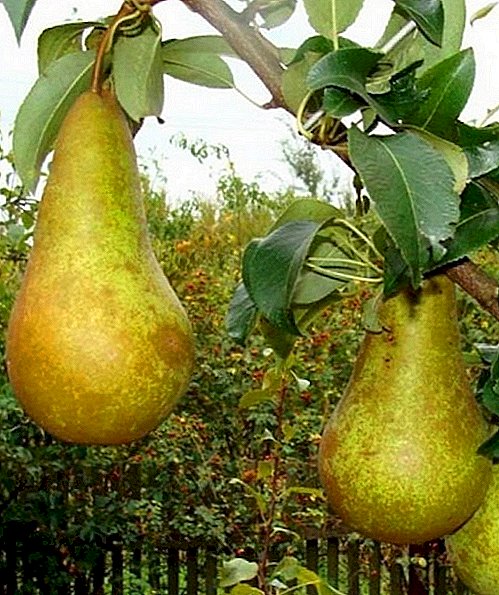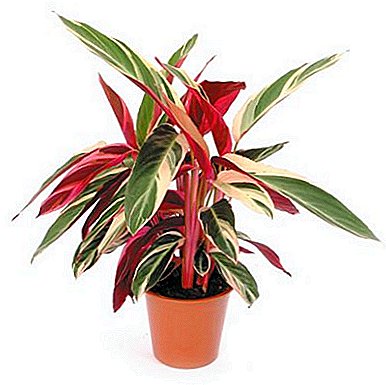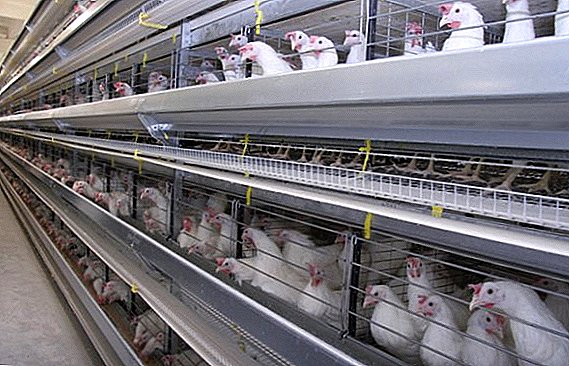 It is no secret that special breeds are used for industrial breeding of chickens, which in 1.5 months reach the size of adult chicken carcass. They are kept in certain conditions and fed not just grain, but high-calorie feeds and premixes. Further details on all aspects of growing birds in poultry farms.
It is no secret that special breeds are used for industrial breeding of chickens, which in 1.5 months reach the size of adult chicken carcass. They are kept in certain conditions and fed not just grain, but high-calorie feeds and premixes. Further details on all aspects of growing birds in poultry farms.
What breeds and crosses of broilers are the most precocious
The most popular breeds among owners of poultry farms are:
- Broiler-61 - at the age of 1.5 months it reaches a weight of 1.8 kg. The average daily gain is 40 g. Required feed costs for a set of 1 kg of live weight are 2.3 kg.
- Gibro-6 - 1.5 months weighs 1.6 kg. Every day, with proper care, the bird gains weight up to 40 g. The annual egg production rate is 160 eggs.
- Change - The result of the breeding of the two breeds described above. Such broilers add about 40 g per day and lay up to 140 eggs per year.
- Ross-308 - by the age of 2 months it reaches a weight of 2.5 kg. The average daily gain in live weight - 40 g. Egg production - 180 eggs per year.
- Irtysh - 1.5 months weighs 1.8 kg. Average daily gain - 36-40 g. Feed consumption - 2.2 kg for a set of 1 kg of live weight. Egg production - 150 eggs per year.
- Russia - with an average daily gain in live weight of 50 g. At 1.5 months, individuals weigh about 2 kg.
- Siberian - lays up to 130 eggs per year. At 1.5 months, these birds weigh about 2 kg, adding almost 40 g per day.



How to grow broilers at the poultry farm
In broiler farms, they are kept either in cages or simply on the floor. These conditions are significantly different from a domestic chicken coop.
Check out the features of the best breeds of broilers: ROSS-308 and COBB-500.
On the floor
Growing chickens on the floor, often use wood litter 10 cm deep. On 1 square. m can fit up to 18 bird heads. In this room, a ventilation system and places for food are required.
In this room, a ventilation system and places for food are required.
Important! Polluted air and the lack of quality food adversely affect the growth of broilers.The recommended air temperature is + 25 ... +30 ° С. The room should be lit around the clock. The habitat should be regularly cleaned with full bedding replaced.
In cages
Cellular content is the most popular method. Thus, in one room you can grow much more birds, save the available space. So, for 1 cu. m can fit up to 30 broilers.  The main difficulty of keeping such birds is maintaining the correct microclimate in the whole room. Such rooms have not only a ventilation system, but also heating. In terms of utility payments, this is significantly more expensive.
The main difficulty of keeping such birds is maintaining the correct microclimate in the whole room. Such rooms have not only a ventilation system, but also heating. In terms of utility payments, this is significantly more expensive.
We recommend that you familiarize yourself with the nuances of keeping chickens in cages.
What feed broilers in poultry farms
At the poultry farms, broilers are fed with special feed, which consists of:
- wheat;
- corn;
- two types of meal;
- bone meal;
- yeast;
- fat;
- salts;
- chalk;
- complex of vitamins and minerals.
Important! Medicines give broilers to strengthen the immune system.Such means as can be applied:
- antibiotics;
- "Furazolidone";
- coccidiostats;
- antioxidants;
- vitamins;
- minerals;
- amino acids, etc.
 In the first week of life, broilers are fed 8 times. The serving size is 20 g. From the second week, the batch is increased to 50-70 g, and the frequency of feeding is reduced to 6 times a day. In the third week of life, feeding birds should be no more than 4 times a day in portions of 100-120 g.
In the first week of life, broilers are fed 8 times. The serving size is 20 g. From the second week, the batch is increased to 50-70 g, and the frequency of feeding is reduced to 6 times a day. In the third week of life, feeding birds should be no more than 4 times a day in portions of 100-120 g.It is interesting to know how much feed the broiler eats before slaughtering and whether the broiler gives eggs.
Automation of technological systems
Today, there are a lot of technologies that help reduce the cost of human labor necessary for bird care, i.e., simplify, while making it more qualitative. These include:
- ventilation system - to eliminate odors and clean the air inside the room;
- climate control system - to create an optimal temperature;
- automatic food supply system (feed and water).
Did you know? In broilers, as in chickens, highly organized central nervous system. Improper care can cause severe stress, which will necessarily affect their growth and development.
The principle of the poultry farm is a bit similar to the domestic birds. The enterprises use special breeds of broilers, feed them with mixed fodders and keep them in specially equipped premises.  The most developed factories fully automate their activities in order to reduce labor costs and create more ideal conditions for birds (temperature, humidity and air purity, food freshness, etc.). Remember that all products of such enterprises, which you acquire in stores, are subject to veterinary control in a regulatory body.
The most developed factories fully automate their activities in order to reduce labor costs and create more ideal conditions for birds (temperature, humidity and air purity, food freshness, etc.). Remember that all products of such enterprises, which you acquire in stores, are subject to veterinary control in a regulatory body.
Familiarize yourself with the weight standards of broilers during all periods of life.


